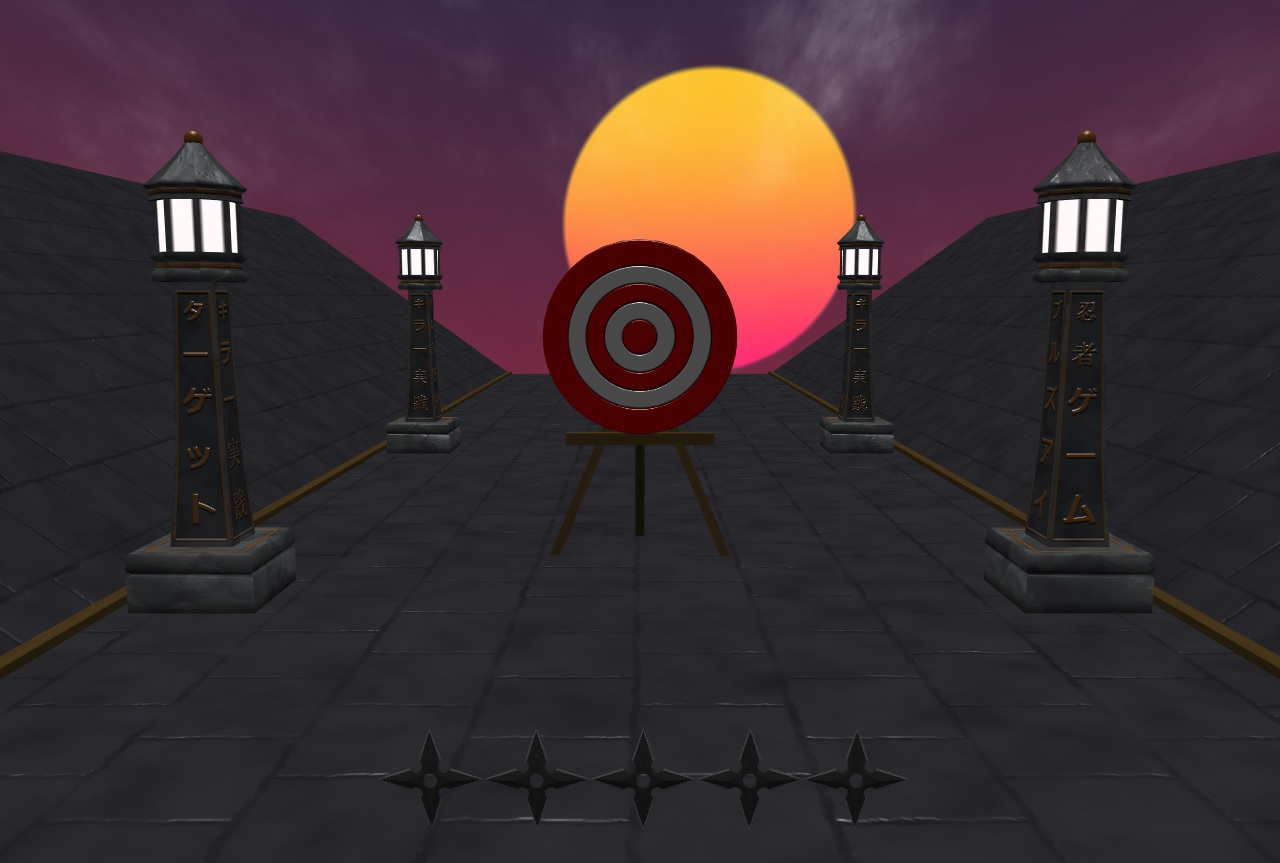
KEEYAH – A Procedural Ninja
LINK TO GAME So about a month ago I was messing around with mesh to mesh UV projection (topic). The results of which was the creation of a really simple throwing star. In addition to the projection methods I was using the GPU to generate sections of my textures including the normal mapping from a …
Procedural Investigations in webGL – Section IV
Section IV Getting Noisy in Here Finally the part I have been wanting to get to! One of the power players in the procedural world are methods called noise. Noise is a random (in our case pseudorandom) distribution of values over a range. Normally these values range from -1 to 1, but can have other …
Continue reading “Procedural Investigations in webGL – Section IV”
Procedural Investigations in webGL – Section III
Section III Advance Spaces, Time and Polar With our new SM object put together we now have the ability to start putting together a collection of generators and other GLSL functions to create more dynamic content. If we go back to our reference book [1] starting on page 46 it starts reviewing some interesting methods …
Continue reading “Procedural Investigations in webGL – Section III”
Procedural Investigations in webGL – Section II
Section II: Uniforms and UI With the ability to create the likeness of a brick wall we can now start adding some controls that will allow the testing of various parameter values in real time. There would be a multitude of ways to handle this the most simple being using HTML DOM elements. If you …
Continue reading “Procedural Investigations in webGL – Section II”
Procedural Investigations in webGL – Section I
Section I: Sampling Space and Manipulations Now that we have a basic development environment set up, it would be prudent to review different methods for sampling and manipulating the coordinate system that dictates the output of our procedural processes. We will be basically reviewing built in functions to glsl that will help us in controlling …
Continue reading “Procedural Investigations in webGL – Section I”
Procedural Investigations in webGL – Introduction
Preface In modern times the need to generate robust procedural content has become more prevalent then ever. With advancements in CPU/GPU processing power the ability to create dynamic content on the fly is now an option more then ever. What started out as a means to produce simple representations of natural processes has now grown …
Continue reading “Procedural Investigations in webGL – Introduction”
Cellular Automata Algorithms (Part 1)
There are various algorithms to describe the development of cellular systems and how they maintain, develop or degrade overtime. It is usually represented by a grid system where the various cells positions are identified and their state is stored as a variable. The state of the cell and its neighboring cells will determine how the …
Infinite Terrain with Ring LOD and t-Junction Transitions
So Babylon JS currently does not have very robust terrain options especially with LOD considerations. After a little bit of side development I was able to have a decent algorithm be implemented. It was inspired by chunked quad-tree LOD system, but is slightly modified. I also used my Das_Noise library for the noise generation and …
Continue reading “Infinite Terrain with Ring LOD and t-Junction Transitions”
Budo Balls – Simple Physics Example
I did this as a quick physics demonstration when asked how to do simple target tracking! Its a little broken on the new site, but if you want a better version of it head to https://pryme8.github.io/BudoBalls/ Controls are WSAD